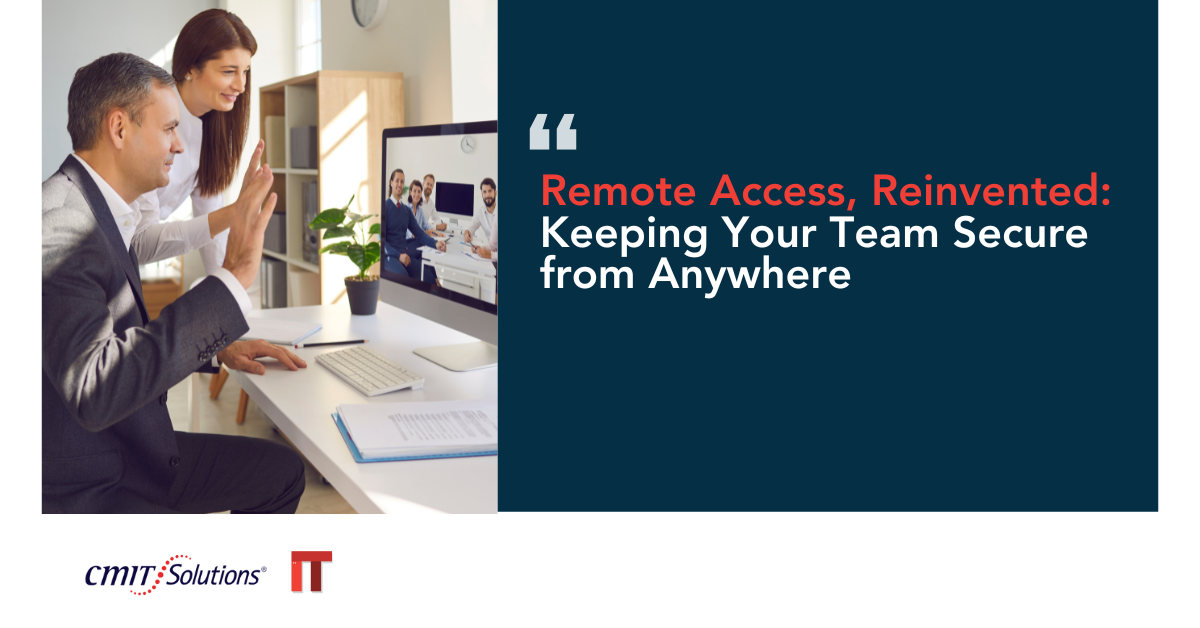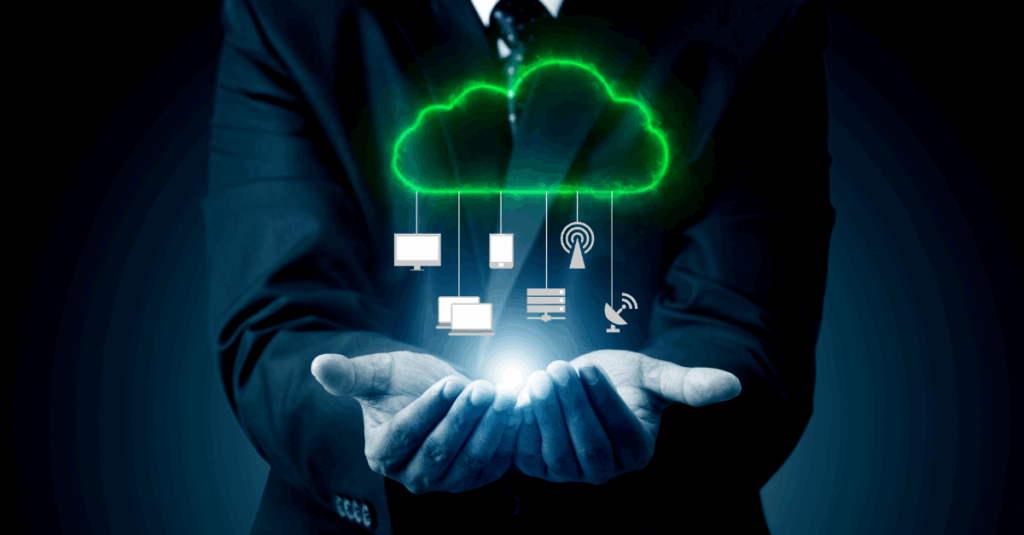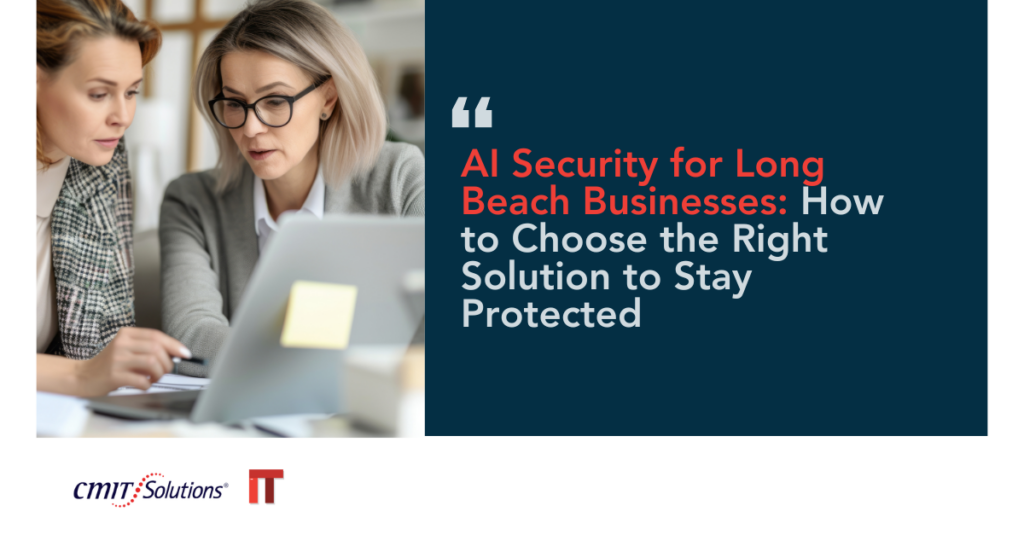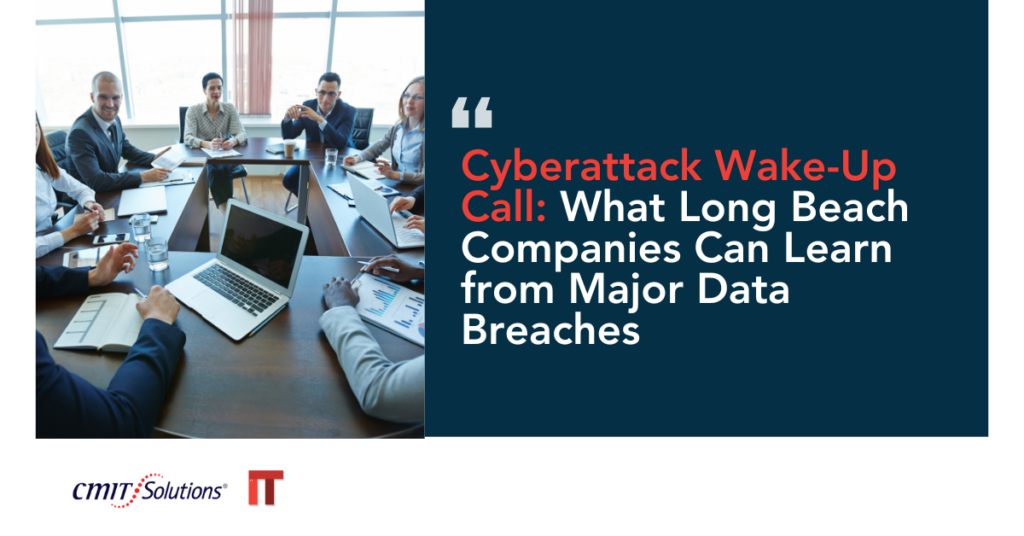The workplace has changed forever. What was once a temporary shift to remote work during the early days of global disruption has become a long-term reality for many small and midsized businesses (SMBs). Today’s teams are scattered across cities, states, and even countries—but they still need the same access to company systems, data, and tools that they had in a physical office.
The challenge is clear: how do you keep that access secure while ensuring employees can work efficiently from anywhere?
The answer lies in reinventing remote access. This means going beyond basic VPNs and outdated password policies, embracing modern security frameworks, and integrating solutions that are as flexible as they are secure. Done right, secure remote access boosts productivity, ensures compliance, and shields your business from evolving cyber threats.
The Shift from VPNs to Modern Solutions
For decades, VPNs (Virtual Private Networks) were the industry standard for remote access. They created an encrypted “tunnel” between an employee’s device and the company network, protecting sensitive data from prying eyes.
However, as the workforce became more mobile and cloud-based, VPN limitations became harder to ignore:
- Performance bottlenecks when too many users connected at once.
- Complex configurations that led to errors and security gaps.
- Lack of granular control once inside, a user often had broad network access.
Modern businesses are turning to frameworks like Zero Trust that verify every user, device, and application every time. In Zero Trust models, no connection is assumed safe, even if it originates from inside the network. This layered security approach is critical in today’s high-threat environment.
Why Remote Access Needs a Security Upgrade
The stakes have never been higher for SMBs. Cybercriminals know that remote work setups are often the weakest link, and they’ve adjusted their tactics accordingly.
Common threats facing remote teams include:
- Credential theft through phishing emails or malicious links.
- Ransomware attacks delivered via remote desktop protocols (RDPs).
- Unsecured Wi-Fi networks in public locations that allow attackers to intercept traffic.
- Shadow IT, where employees use unapproved apps without security oversight.
The risk isn’t hypothetical—real-world incidents show how devastating breaches can be. In fact, recent cyber threats targeting SMBs in Long Beach have proven that even small organizations can be prime targets if their remote access controls are weak.
Cloud-First Access: Flexibility with Control
Cloud-based applications have transformed the way businesses operate, enabling employees to work on documents, manage projects, and collaborate from anywhere. But without proper controls, cloud tools can expose sensitive data.
The solution is adopting cloud security frameworks that:
- Limit access to only the applications and data each user needs.
- Track file-sharing activities to spot unusual behavior.
- Encrypt data in transit and at rest to prevent unauthorized access.
With these measures, businesses get the best of both worlds: flexibility for employees and confidence that company data remains protected.
Securing Collaboration Tools
Collaboration platforms like Microsoft Teams, Slack, and Zoom are essential for distributed teams but they can also be exploited if left unprotected.
Security best practices for collaboration tools include:
- Enabling multi-factor authentication for all accounts.
- Using role-based access controls to limit permissions.
- Monitoring user activity logs for suspicious behavior.
Modern unified communications platforms integrate these security features directly, making it easier to safeguard communications without creating friction for users.
Managed IT Services: The Remote Access Backbone
While technology is essential, it’s only as good as the team that manages it. Many SMBs simply don’t have the in-house resources to maintain 24/7 monitoring, patch systems promptly, and respond to threats in real time.
That’s where managed IT services come in. By partnering with a managed service provider (MSP), businesses gain:
- Continuous monitoring to detect and respond to suspicious activity.
- Regular updates and patching to close security gaps.
- Security awareness training to reduce human error.
MSPs don’t just set up secure remote access they ensure it stays secure as threats evolve.
Protecting Data on the Move
Remote workers often switch between devices, networks, and even operating systems. This can lead to data sprawl, where files and sensitive information are scattered across unsecured locations.
To counter this, businesses should implement:
- Automatic cloud backups like those in cloud backup solutions to ensure critical files are always recoverable.
- End-to-end encryption for files in transit and at rest.
- Remote wipe capabilities for lost or stolen devices.
These measures ensure that even if a device is compromised, the data on it remains secure.
Device Compliance: The Hidden Risk Factor
One unsecured device can put an entire network at risk. Outdated software, missing security patches, or unsupported operating systems create easy entry points for cybercriminals.
That’s why endpoint security solutions are critical. They verify that every device connecting to the network meets established security standards before granting access.
For SMBs, automating compliance checks ensures security isn’t left to chance.
New Subtopic: AI in Remote Security
Artificial intelligence is no longer futuristic it’s already reshaping how businesses handle remote access. AI-driven cybersecurity tools can:
- Analyze login patterns and flag anomalies.
- Detect potential insider threats.
- Block suspicious logins in real time.
The ability to respond instantly—without waiting for human intervention makes AI a game-changer in securing remote teams.
New Subtopic: Scaling Remote Access for Growth
As a business grows, so does the complexity of its network and the number of users requiring secure remote access. Without planning, scaling can introduce vulnerabilities.
That’s why robust network management is essential. It ensures systems can handle increased demand without sacrificing performance or security.
Scalable solutions future-proof your infrastructure, making growth smoother and safer.
What Happens If You Don’t Upgrade
Failing to modernize remote access systems can lead to:
- Data breaches that damage your reputation.
- Compliance penalties for failing security audits.
- Downtime that disrupts operations and costs revenue.
In contrast, adopting secure remote access strategies keeps your business agile, compliant, and protected from costly incidents.
Why SMBs Need Managed IT Services for Remote Access
Even the most secure systems require ongoing maintenance and expertise to stay effective. Managed IT providers bring proactive strategies, proven frameworks, and advanced tools to SMBs that might not otherwise have access to enterprise-level security.
For example, a Long Beach business facing frequent downtime switched to a proactive support model and saw incidents drop by 70% in the first year a testament to the benefits of ongoing, professional oversight.
Conclusion: The Future of Secure Work
Remote access is no longer a perk it’s a core business function. By leveraging modern solutions like Zero Trust, AI-driven security, and managed IT support, you can keep your team connected and your data protected no matter where work happens.
Your employees gain the freedom to work from anywhere, and your business gains the resilience to thrive in an unpredictable world. The future of work is here and with the right strategy, it can be secure, scalable, and unstoppable.






